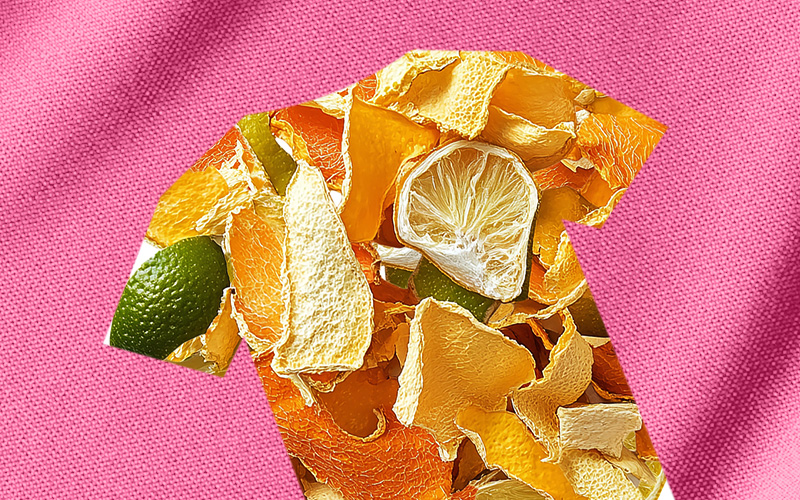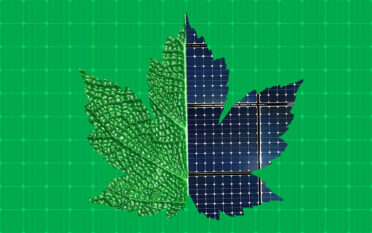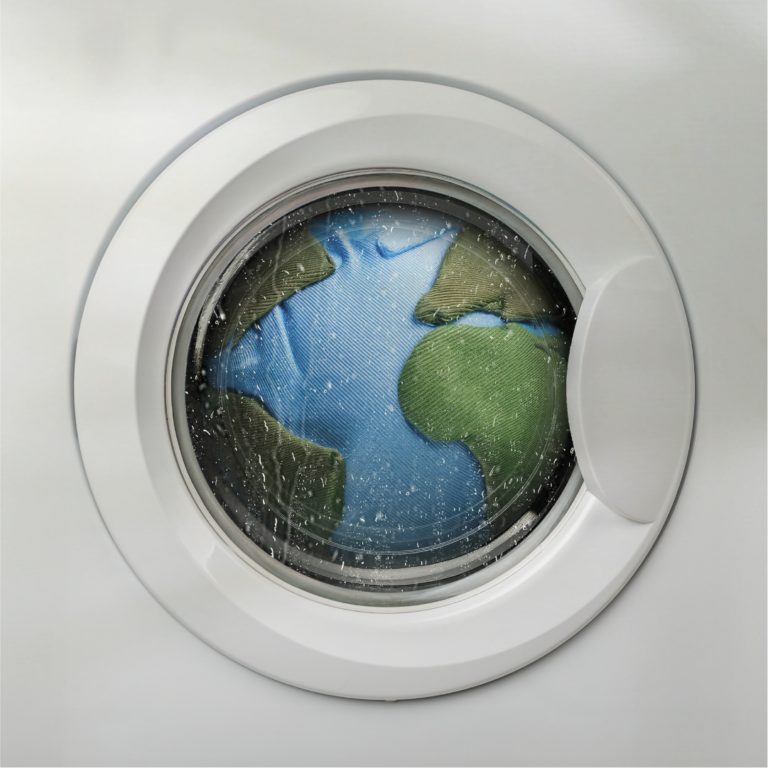Imagine a world where yesterday’s food scraps, old packaging, or even the air we breathe could become tomorrow’s trainers, shampoo bottles, or even car parts. It may sound like science fiction, but thanks to innovations, it’s quickly becoming science reality.
This process—called waste valorisation—is all about taking things we’d normally throw away, like food waste, agricultural leftovers, or even carbon dioxide (CO₂), and turning them into valuable new materials. Instead of relying on fossil fuels, scientists are using nature’s own tools—bacteria—to create biodegradable plastics, textiles, and even building materials.
How it works: Nature’s tiny recyclers
It might seem surprising, but bacteria are at the heart of this waste revolution. Here’s how they help turn trash into treasure:
Biodegradable plastics from waste – Certain bacteria can “eat” organic waste or CO₂ and turn it into PHAs (polyhydroxyalkanoates), a natural plastic that decomposes over time—without leaving harmful microplastics behind.
CO₂ as a raw material – Instead of polluting the air, carbon dioxide can be captured and turned into useful ingredients for biofuels, fabrics, and even cosmetics.
Fermenting waste into new materials – Through fermentation, bacteria can transform leftover plant materials—like corn husks or wheat stalks—into eco-friendly packaging, textiles, and even everyday products like shampoo bottles.
Why this matters
This shift from waste to resource has huge benefits:
1) Less reliance on fossil fuels – We can create new materials without extracting more oil.
2) Less strain on farmland – Instead of growing crops for bioplastics, we can upcycle waste.
3) Less waste in landfills – More waste gets a second life instead of piling up.
4) Lower carbon emissions – When CO₂ is used in materials, it stays out of the atmosphere.
Everyday examples of waste valorisation
1) Cleaning products from food waste – We’ve developed a limited edition set of cleaners made using up to 97% rescued food waste (excluding water). Ingredients like potato peels are transformed into cleaning agents, and leftover alcohol from alcohol-free beer is repurposed into ethanol.
2) Clothing from food waste – Some brands are already making fabrics out of orange peels, coffee grounds, and even discarded milk proteins.
3) Plastic-free packaging – Companies are developing compostable alternatives to plastic using bacteria-made bioplastics.
4) Stronger, greener buildings – Scientists are capturing CO₂ and turning it into durable concrete additives, helping to build more sustainable cities.
How you can be part of the movement
You don’t need a science lab to support this change. Here’s how you can help:
1) Choose brands wisely: Support companies using innovative, waste-based materials. Look for transparency about their production processes.
2) Ask questions: Does the product reduce waste? Does it rely on sustainable materials? Don’t hesitate to demand better options.
3) Spread the word: Talk about the benefits of waste valorisation with friends and family. Awareness leads to demand, which drives change.
4) Reduce and reuse: While waste valorisation is exciting, reducing consumption and reusing materials is still the most sustainable choice.
The future of waste is bright
As we learned in our latest podcast with Sophie Thomas, the future of sustainability starts with creativity—and the more we experiment, the closer we get to a world where nothing goes to waste. So next time you throw something away, remember: what seems like trash today might just be the building block of tomorrow.
Tune in to our LET’S LIVE CLEAN podcast below:







Inspiring innovation! Ecover’s commitment to turning waste into valuable resources showcases a sustainable future. Kudos for leading the way in eco-conscious solutions.